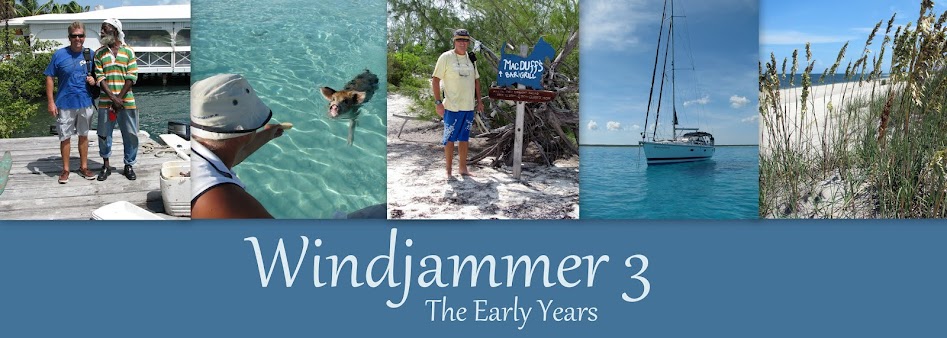Charleston Town Houses
 |
| Heywood Washington House |
We stayed another day in Charleston to explore some of the grand homes open for inspection. We started with the Edmondston-Alston House (1825) that looks out over Charleston Harbour and Fort Sumter. General Beauregard used this house to view the bombardment of Fort Sumter and later General Lee took refuge in the house while the Great Fire (1861) ravaged the city. We were able to tour 2 of the three levels and admire many family heirlooms typical of the period. One piece that took our fancy was a joggling chair. This piece sat proudly out on the piazza and when sat on, bounced up and down, replicating riding a cantering horse. A modern day exercise bike as it were!
Further down Church Street, we called in to see Heywood-Washington House (1772), built by rice planter, Daniel Heywood as a townhouse for his son. At one time, George Washington stayed in the house, perhaps even in that same 4 poster feather bed. There are few family owned pieces exhibited in the house, however there is a wonderful collection of locally built furniture that dates from that period. We were fortunate enough to see original William Hogarth prints, “Marriage a la Mode” (1743) and many family portraits (oils). The gardens were beautifully maintained in a traditional style by a local volunteer gardening group.
 |
| External Kitchen at Heywood Washington House |
Carolina lays claim to its own style of house, called a “single”. It’s a narrow house, one room wide facing the street, 3 storeys high and up to 3 rooms deep. On one long side, generally a south or west façade, a verandah of either one or two levels, locally called a piazza, were added. The family entrance, into a central hallway, was located in the middle of the piazza side. A side walled garden and path lead to the main entrance and further down to the kitchen and stables. A high wall between houses ensured privacy, especially on hot summer days when the drawing room doors were wide open. Traditionally, the underside of the piazzas were painted light blue - some say to ward off jinns or at least mosquitoes.
 |
| Laundry |
Sometimes a family might add a special entrance (at street level and facing the street) for business visitors. The ground floor contained a front parlour for those business visitors and a back dining room, with an adjacent warming room or butler’s pantry. Rooms upstairs on the second level were used for entertaining guests. These are the drawing rooms (for drawing friends together). Here visitors could escape the dust and noise from the street outside and doors to the piazza could be thrown open to catch cooling sea breezes. Bedrooms were on the third floor. The only slave to sleep inside was the children’s nanny.
 |
| "Welcome Pineapples" at the Front Door |
The kitchen was a separate building, by law 18 feet from the house; a fire regulation. It too had up to three levels; kitchen and laundry on the ground floor and bedrooms for family slaves above. Beyond this was the “necessary”, a wonderful name for a toilet. Also in the yard was a carriage house and stables. Many homes also had a cow and chickens. All this on city blocks not much different in size to ours today!
We discovered the meaning of Charleston’s pineapples. A traditional symbol of hospitality and welcome (ask any patchwork lady about pineapple designs) many pineapples appear as decorations on homes around town. We were told that in days gone by, sea captains would put a pineapple out on their gates when they were ready to receive guests. Once the pineapple had gone, visiting-time was over. Likewise, those grand sweeping staircases typical of this area symbolise welcoming arms.
House viewings are conducted by tour guides. You are generally not allowed to wander freely or take photographs. Our guides were mostly ladies (volunteers) with wonderful Southern drawls - so appropriate to each setting – who answered my many questions most obligingly! Having said that, we were often complimented on our accent; “Ah just lurve yaw ackscent!”



































